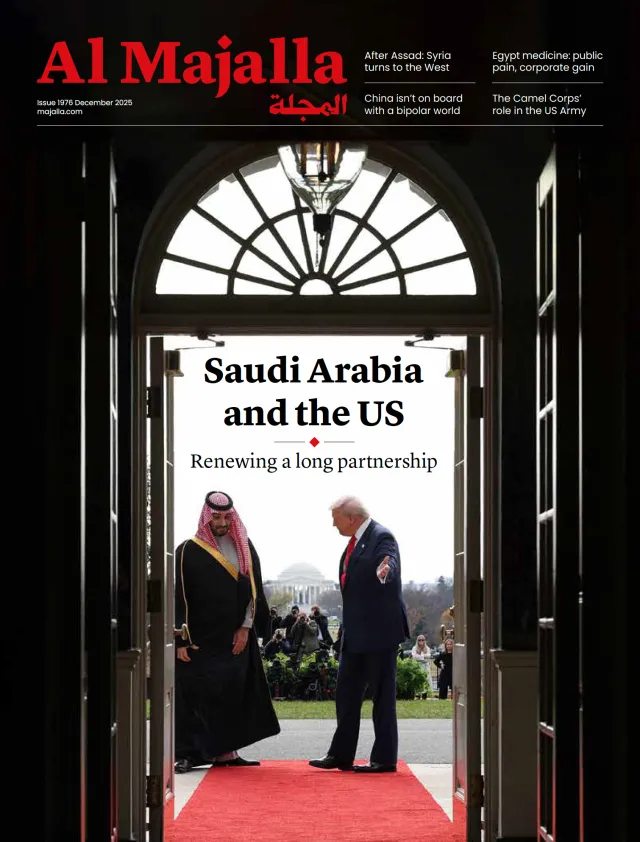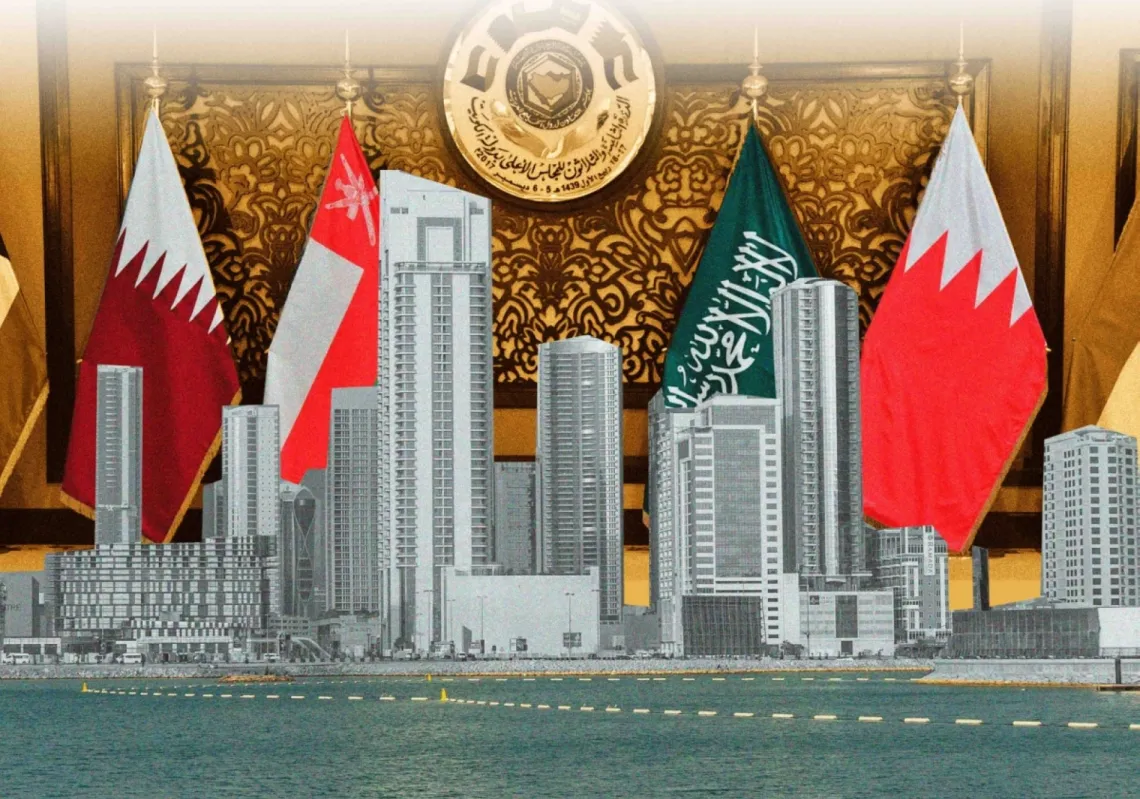Hamas’s refusal to disarm is both logical and expected, given that its acquiescence to such a demand would open the door to its total collapse by removing its raison d’être as a resistance movement.
The demand, reportedly made during a recent round of ceasefire talks by Egyptian mediators, has triggered a fierce debate. Resisting the Israeli occupation of Palestinian territories and promising to liberate these territories have been the movement’s rallying cry since its founding in 1987.
Armed resistance has both justified its practices and won it support externally over the years, including from Israel’s enemies. However, others believe Hamas’s weaponry has brought the Palestinian people nothing but calamity, citing its attacks on southern Israel on 7 October 2023 as a case in point.
So far, Israel has killed 60,000 Palestinians in Gaza, injured over 110,000 and decimated around 80% of the coastal enclave. Gaza’s prospects are grim. US President Donald Trump, a keen ally of Israeli Prime Minister Benjamin Netanyahu, wants not to save it but to take it over and turn it into a “riviera”, forcing its residents to leave.

Arguing for arms
Egypt has denied demanding that Hamas disarm during talks, attributing this diktat to Israel. But any voluntary disarmament would be welcomed by Cairo.
Ironically, Netanyahu might not want Hamas to disarm, having long used the movement’s militancy to aggravate Palestinian rifts, extending financial lifelines to Hamas by easing the flow of cash (which it used to re-arm and strengthen its grip on Gaza), before arguing that there was no credible Palestinian negotiating partner.
Today, Netanyahu is using Hamas's armed presence in Gaza to justify his campaign against the enclave, destroying everything from schools and hospitals to United Nations centres, mosques and churches, whilst hiding behind claims that he is targeting Hamas. By disarming and stepping down, Hamas would deprive Israel of this justification, and it would also open the door for the Palestinian Authority (PA) in the West Bank (led by 88-year-old Mahmoud Abbas) to run Gaza.
According to reports, Hamas was open to the PA assuming control of Gaza in recent days, within truce talks with mediators from Egypt and Qatar. The proposal, revealed by an unnamed senior Palestinian official, envisages a truce of up to seven years, the release of all Israeli hostages for Palestinian prisoners, an end to the war, and a complete Israeli withdrawal from Gaza.













